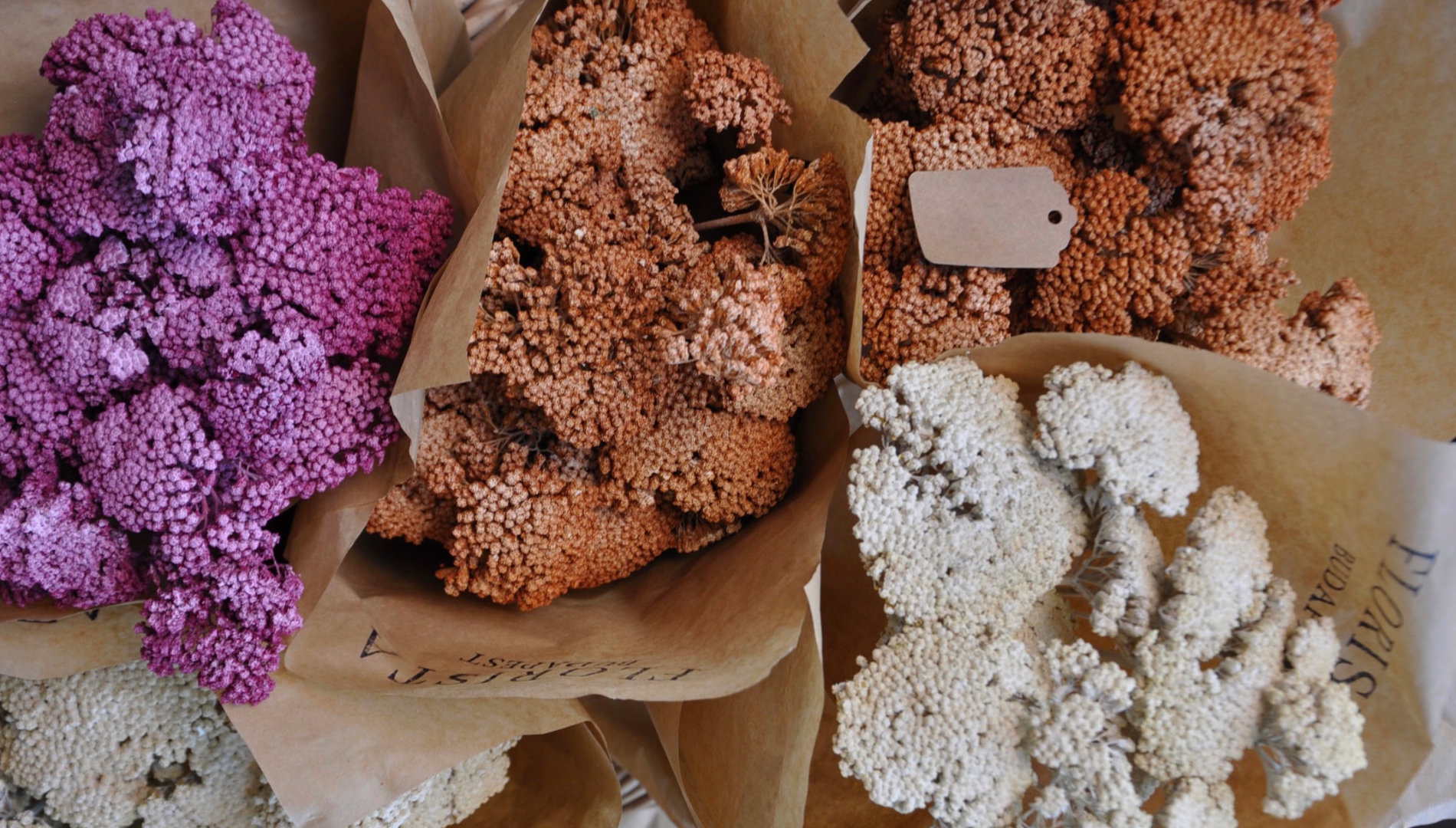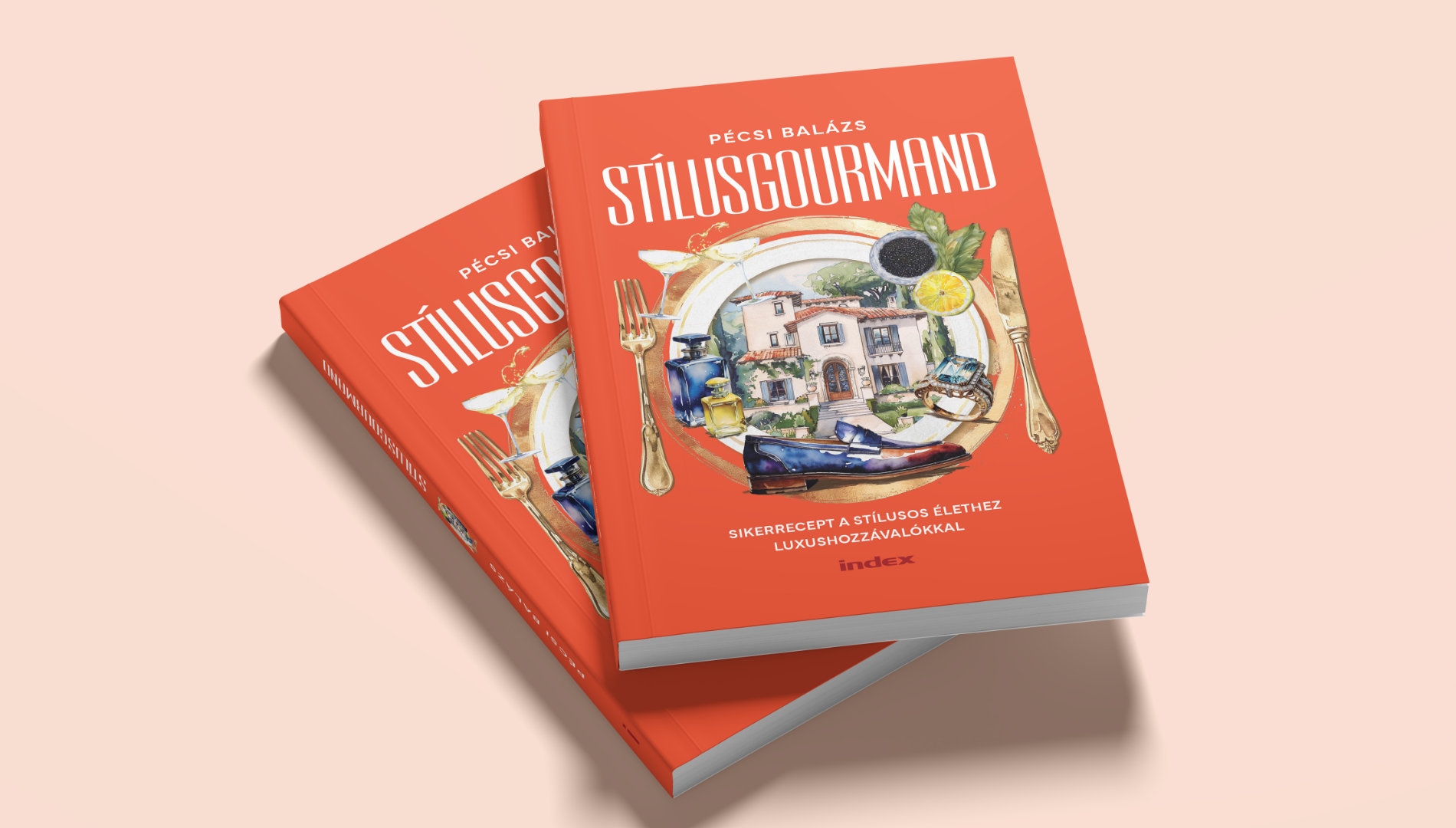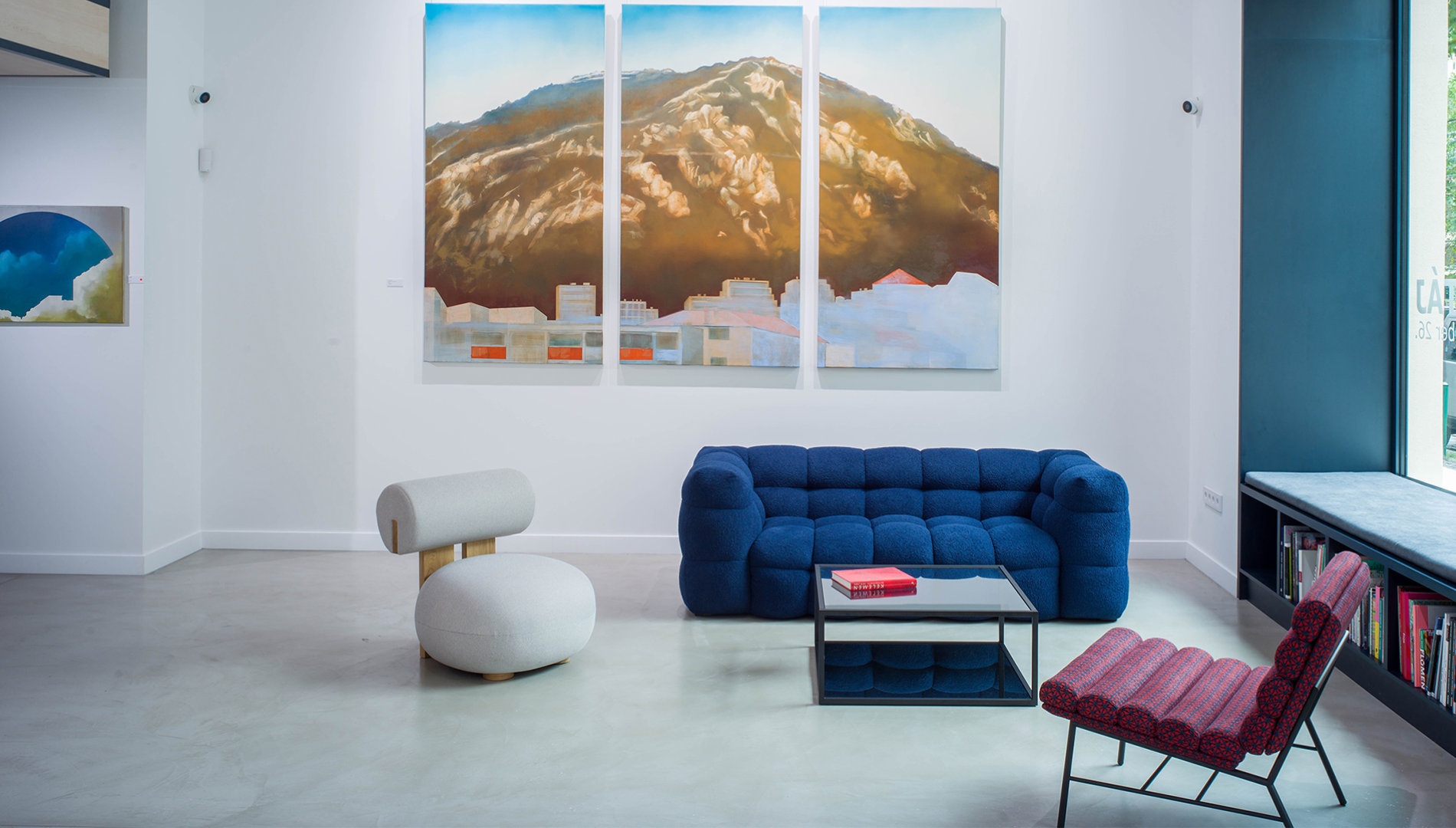
"Education is Essential to Popularizing Contemporary Art"
Resident Art plays a key role in the Hungarian contemporary art scene and the art market.
Art historian János Schneller and visual artist-curator Ákos Bánki’s approach significantly differs from traditional gallery operations, as their concept is rooted in education, interdisciplinary programs, and personal engagement. Their innovative perspective and authenticity have directed many new participants toward the visual arts. Their portfolio includes the distribution and trade of international and domestic prints, as well as the publication of silkscreen print series. In their gallery, they organize ten solo and group exhibitions annually for their artists and collaborators. They are regular participants in Hungarian art fairs. They place great importance on discovering and managing young talents, as well as refocusing attention on and presenting completed artistic oeuvres.
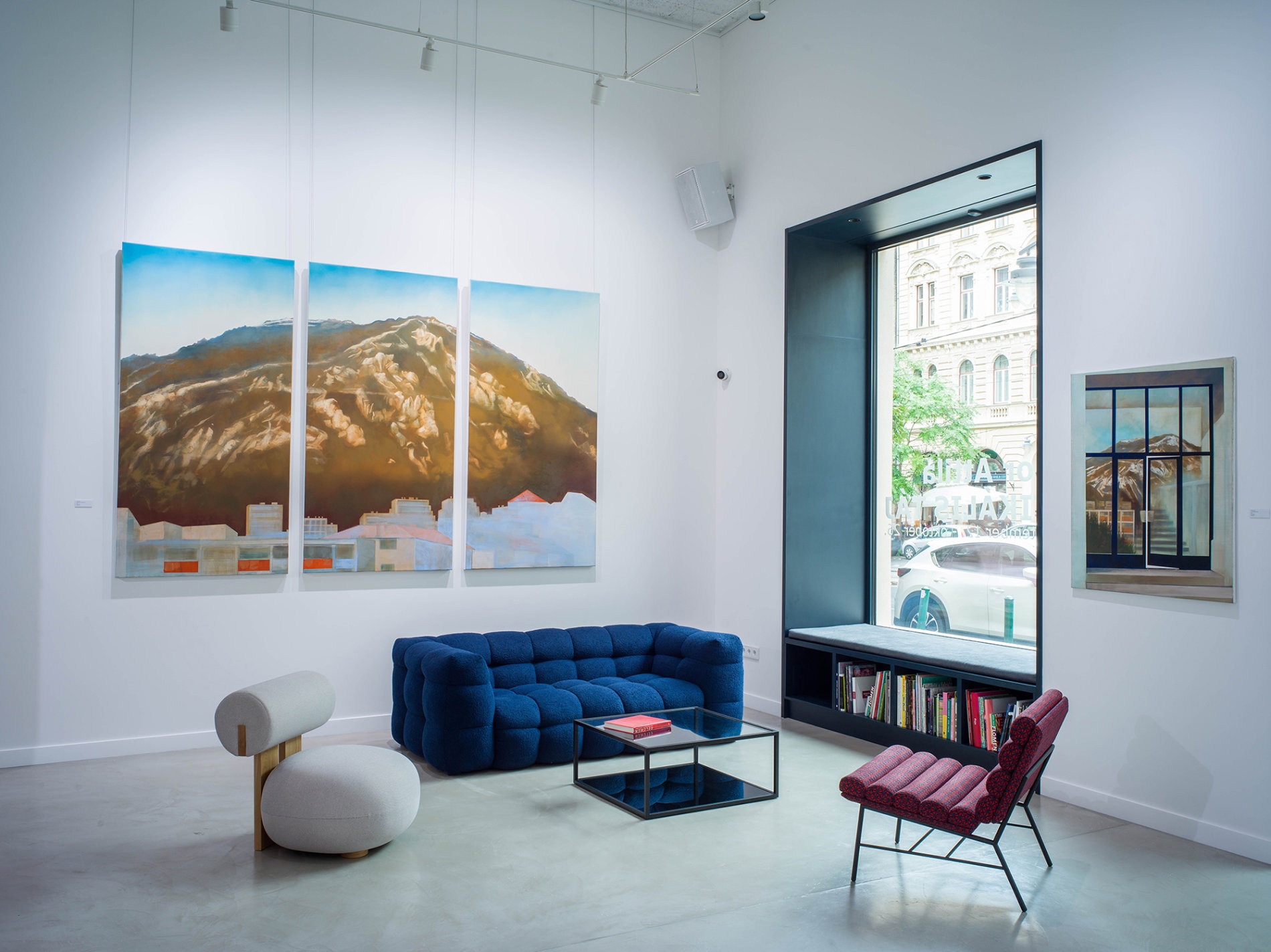
From September, they will welcome visitors at their newly renovated gallery at 39 Bartók Béla Avenue, and at this year’s S/ALON BUDAPEST interior design exhibition, they will showcase the spatial organizing potential of contemporary visual arts in collaboration with Natuzzi, with the design support of Kata Hortobágyi. The event will feature interior elements where the artworks are not mere accessories but definitive elements shaping the space. In our interview, János Schneller discusses Resident Art’s inclusive, perspective-shaping mission, his views and vision on contemporary visual arts, a soon-to-launch, much-needed contemporary art education program, and the artists whose work will be presented at the event.
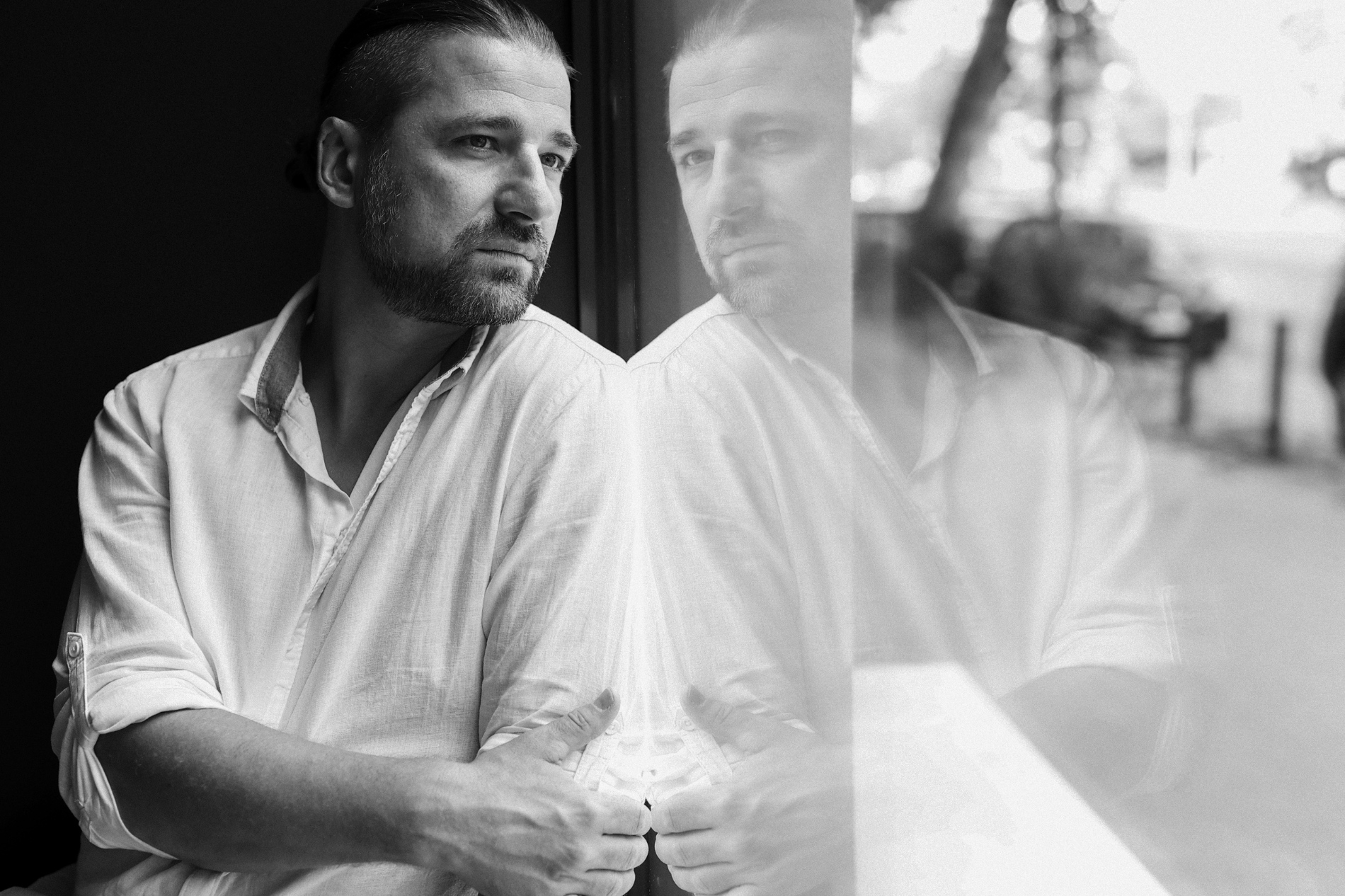
How would you evaluate the current state of contemporary art in Hungary and internationally?
In Hungary, there are only a few hundred art collectors, all well-known to the galleries, creating a somewhat closed, subcultural circle. During the interwar period, it wasn’t uncommon to find contemporary artworks in bourgeois homes, and people were eager to buy from living artists. Rippl-Rónai, for instance, sold an entire exhibition at auction, which allowed him to purchase the Roma Villa in Kaposvár, where he later lived and worked. Unfortunately, this tradition has largely faded.
From the start, we’ve placed a strong emphasis on education, aiming to bring new audiences into the contemporary art scene.
Internationally, we see a growing appreciation for art in interior design and home decor. Conversations with interior designers have reinforced this idea—especially in places like Italy, where it’s common to design an entire room or atmosphere around a significant piece of art. Looking to the West, contemporary art has clearly been gaining ground, becoming an economic force in the art markets, with a major boom over the last 15 to 20 years. This increased attention is starting to trickle into Hungary, albeit gradually, and it’s not yet widespread.
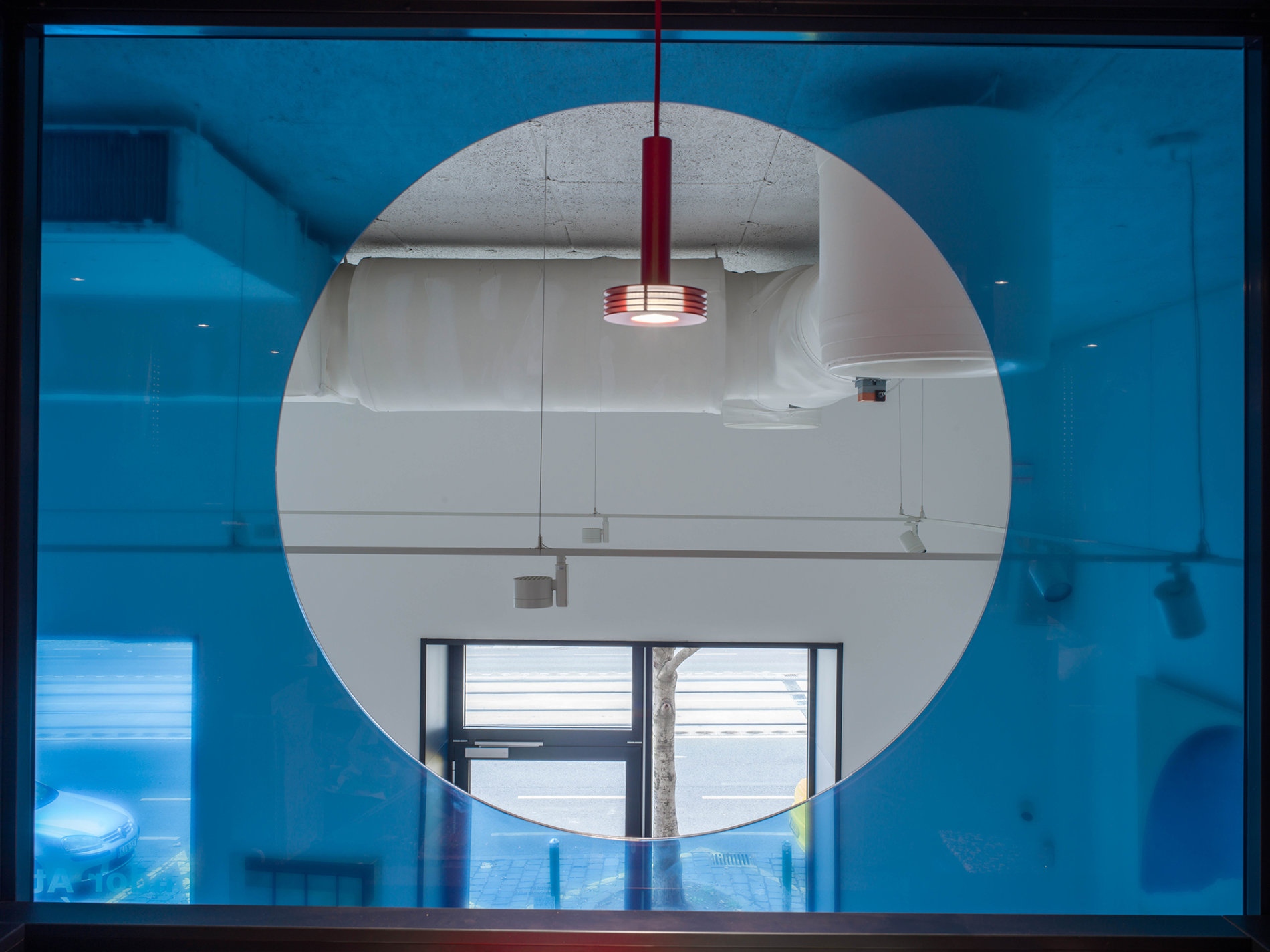
What led you to participate in S/ALON BUDAPEST again this year?
S/ALON BUDAPEST is all about how our surroundings shape who we are. The environment we create for ourselves has a direct impact on our quality of life. The artwork we place in our homes isn’t just a status symbol or an indicator of wealth; it also enhances our well-being. However, just as we cultivate a taste for fine furniture or good wine, the desire for quality art also needs to be nurtured.
We want to broaden the circle of people engaging with contemporary art. It’s important to listen to our intuition and inner desire to surround ourselves with meaningful things. This is the first step we need to foster in people. Our goal is to attract a more discerning audience, those who care about their living spaces, and introduce them to the world of contemporary visual art. S/ALON BUDAPEST provides a great platform for this.
A few years ago, we exhibited at S/ALON BUDAPEST for the first time, presenting a standard space, and the experience was a resounding success. We showcased screen prints by renowned, internationally acclaimed artists such as Tamás Konok, Victor Vasarely, and Nicolas Schöffer in an art deco interior with original furniture. The event led to valuable encounters and connections, so we were eager to return this year with a fresh concept.
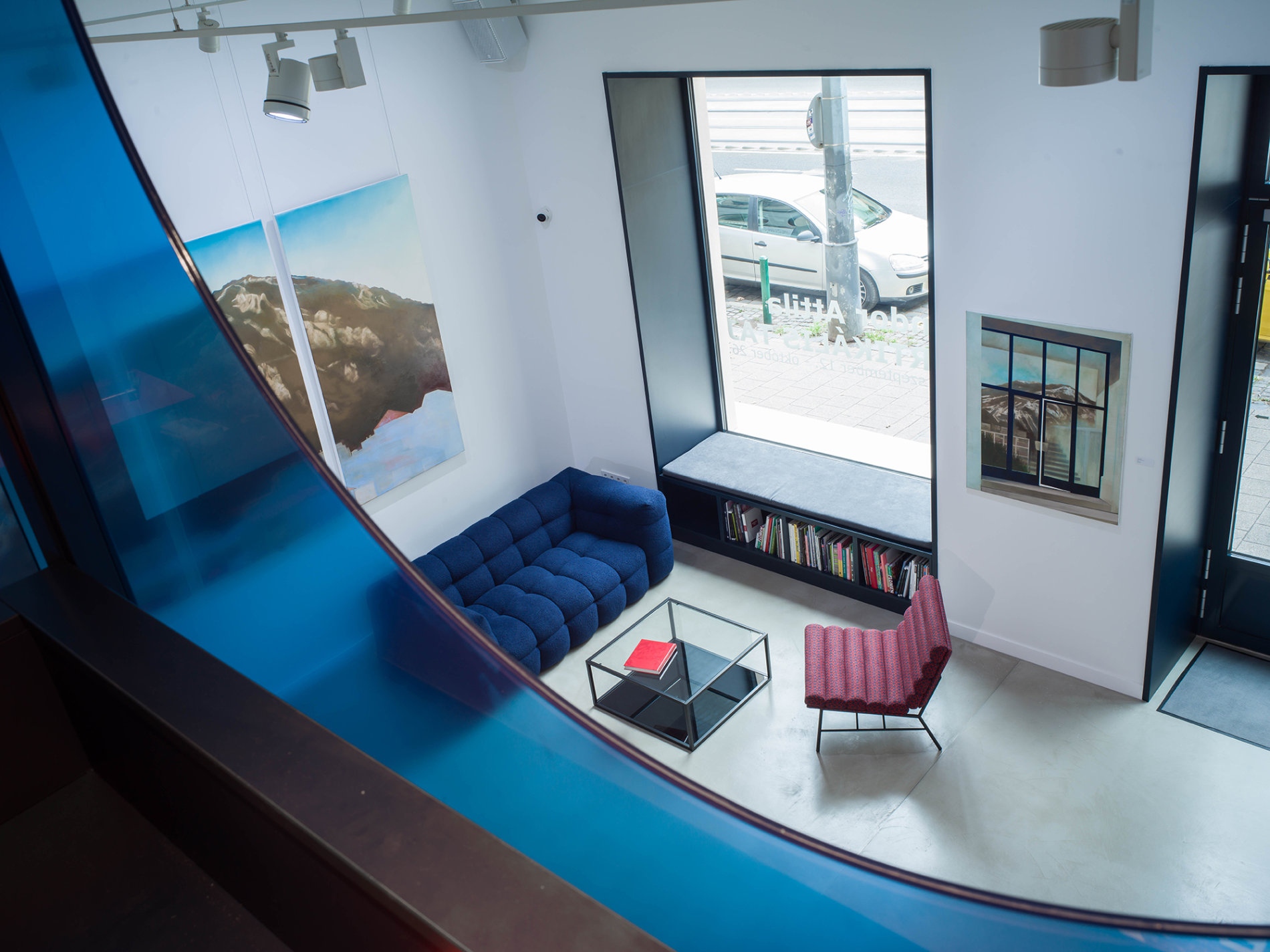
What can we expect from you at this year’s S/ALON BUDAPEST? Which artists’ works will visitors encounter?
This year, we’re designing two booths, each around 20 square meters, featuring artwork from our artists and furniture by Natuzzi, with the help of designer Kata Hortobágyi. The spaces will be built around works by Panni Marosi, Barna Benkő, Ákos Bánki, and Enikő Márton.
Panni Marosi creates an almost surreal world that plays with interiors. She draws from a collective memory, heavily influenced by furniture from the 1970s and ’80s. These familiar visuals, burned into our memories, are "twisted" with psychedelic perspectives and vibrant colors. Her work is figurative but deeply surreal.
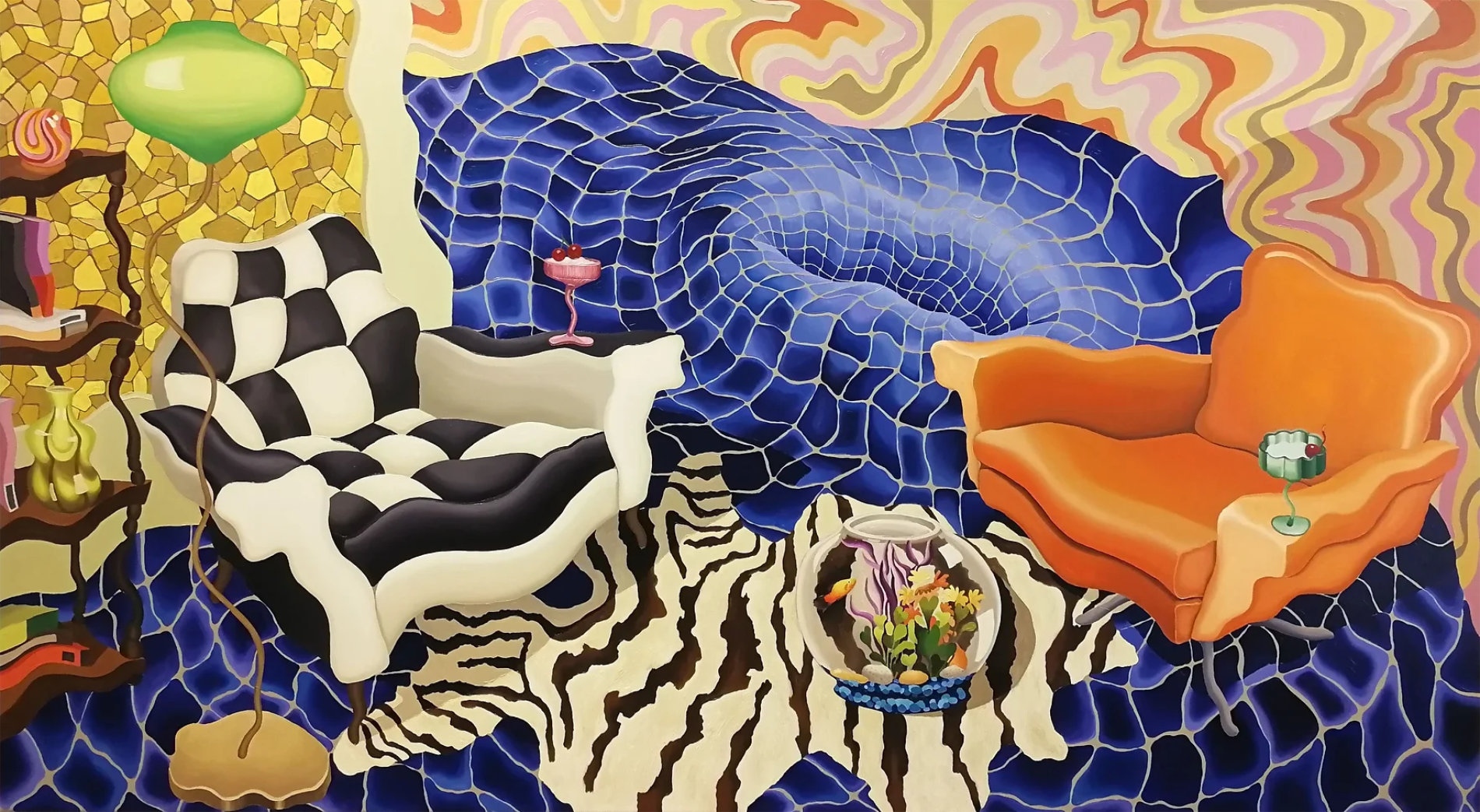
Barna Benkő is an abstract artist whose paintings reflect graffiti and tags. He layers multiple elements that weave together like a tapestry, creating intriguing spatial effects.
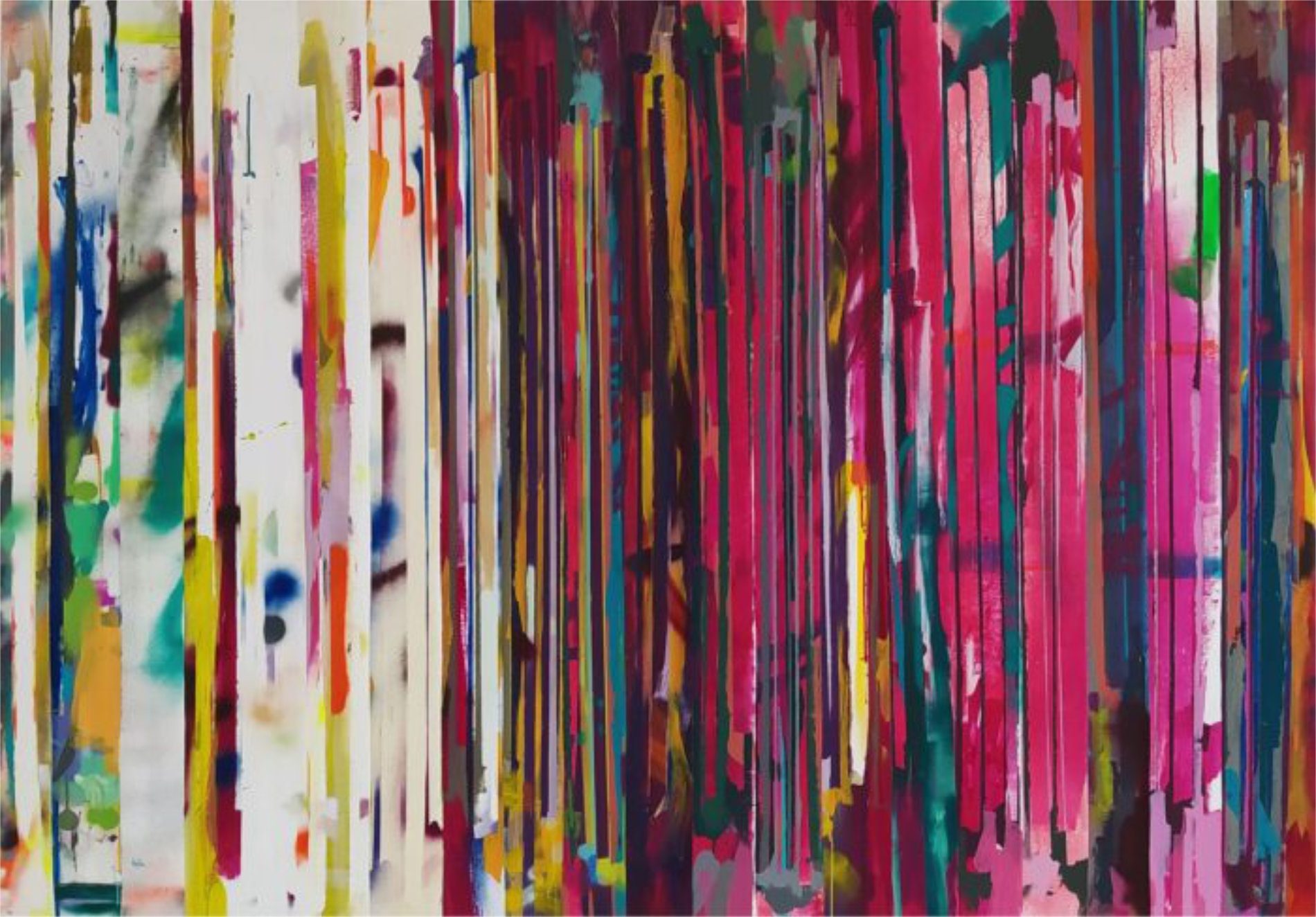
Ákos Bánki, a more established artist, is known for his tachist non-figurative style, where splashing, smearing, and handwork are central techniques. His large-scale pieces are bold, with intense colors.
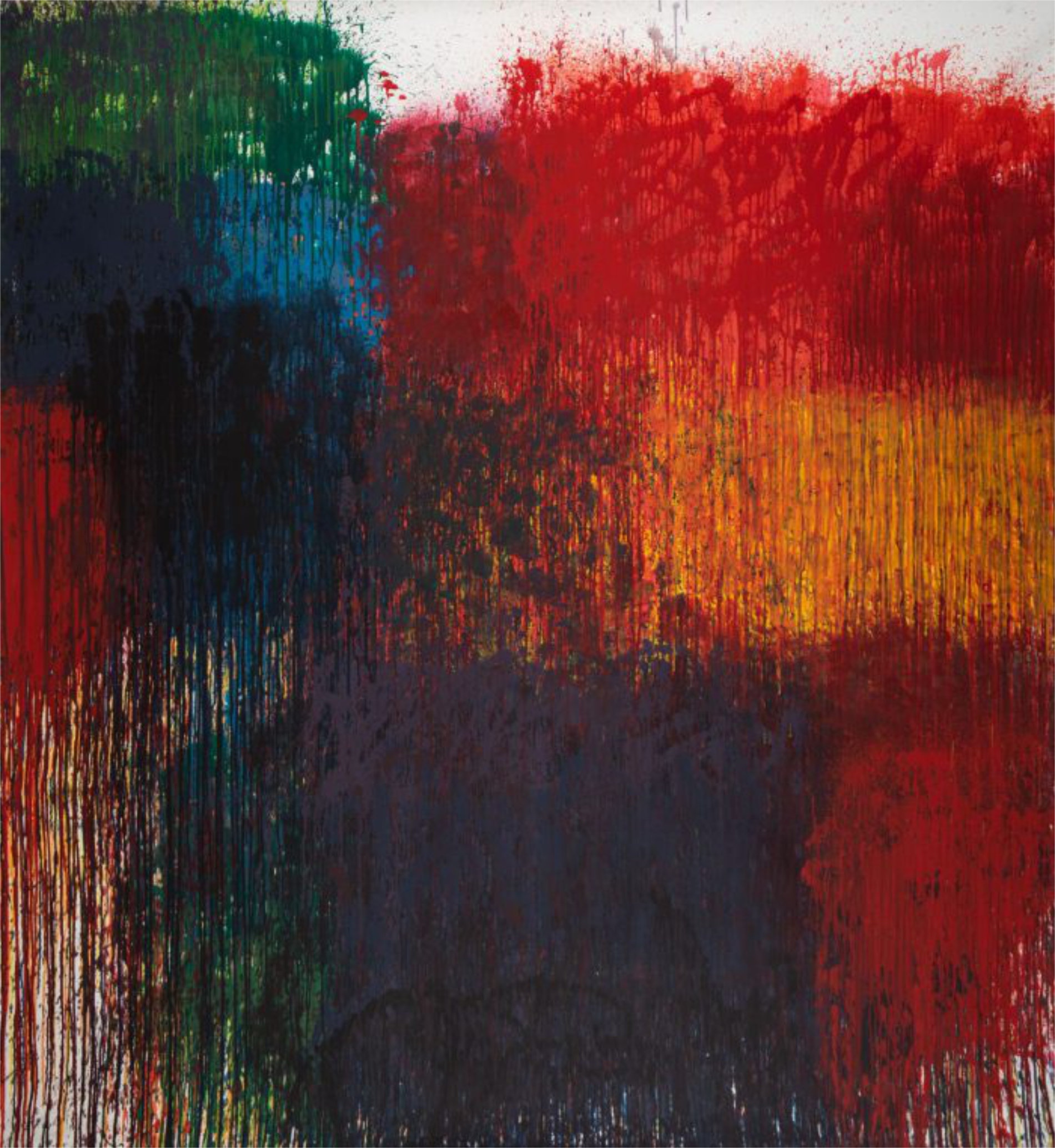
Enikő Márton is a Hungarian visual artist based in Berlin. In her abstract paintings, the landscape appears as a compositional element, while she also engages with digital imagery. There is no direct connection between the landscape and the painting itself; instead, it evokes associations within the viewer.
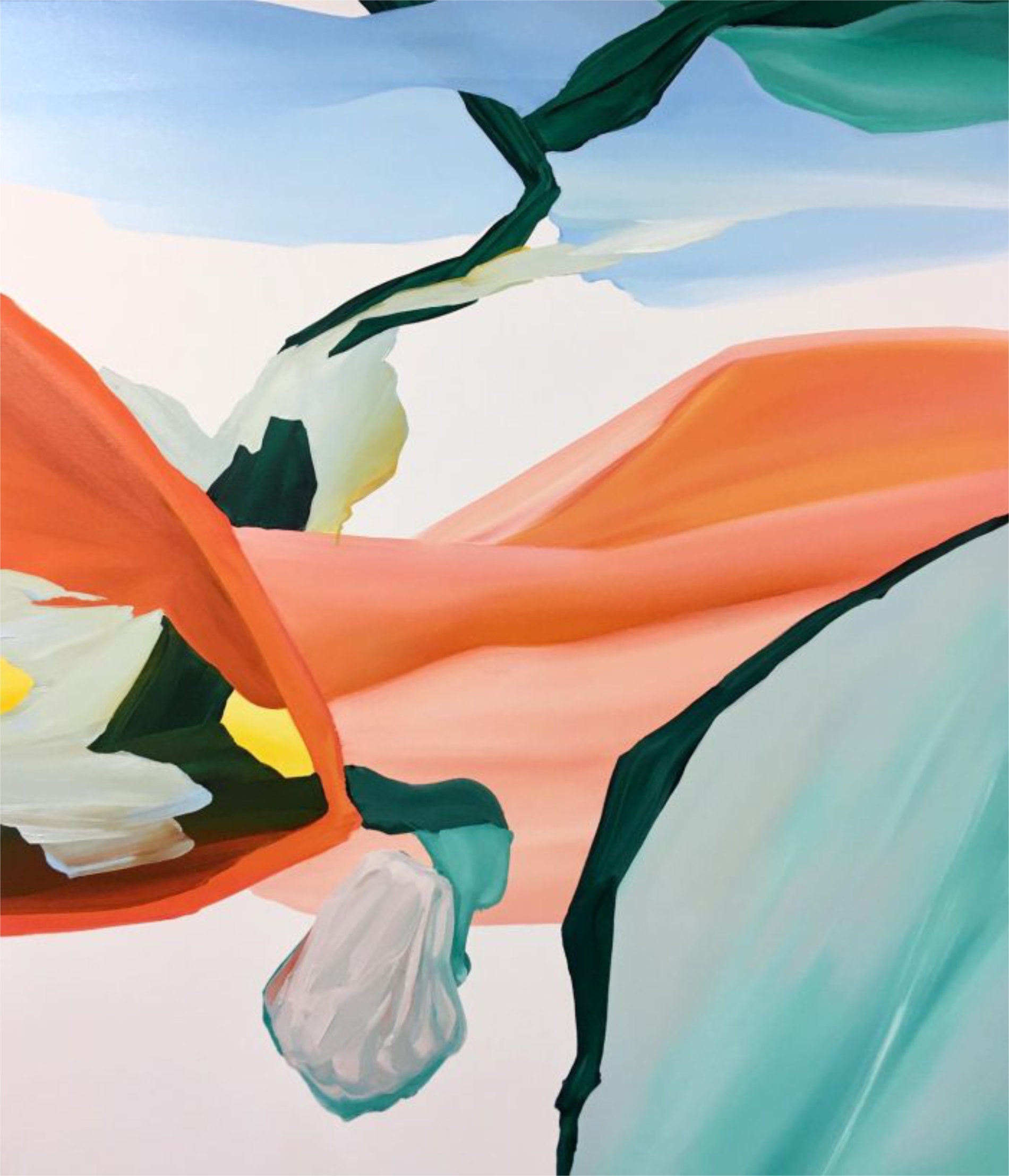
How can contemporary visual art be integrated into interior design?
We’ve observed that most interior designers and architects, while staying updated with trends, materials, and technologies, often lack the time to engage with contemporary art unless it’s a personal interest or passion. Of course, there are some who invest the time, effort, and sometimes money to enhance their knowledge in this area, whether through art valuation courses or introductory contemporary art training. However, with a few exceptions, designers are generally not deeply involved in this world.
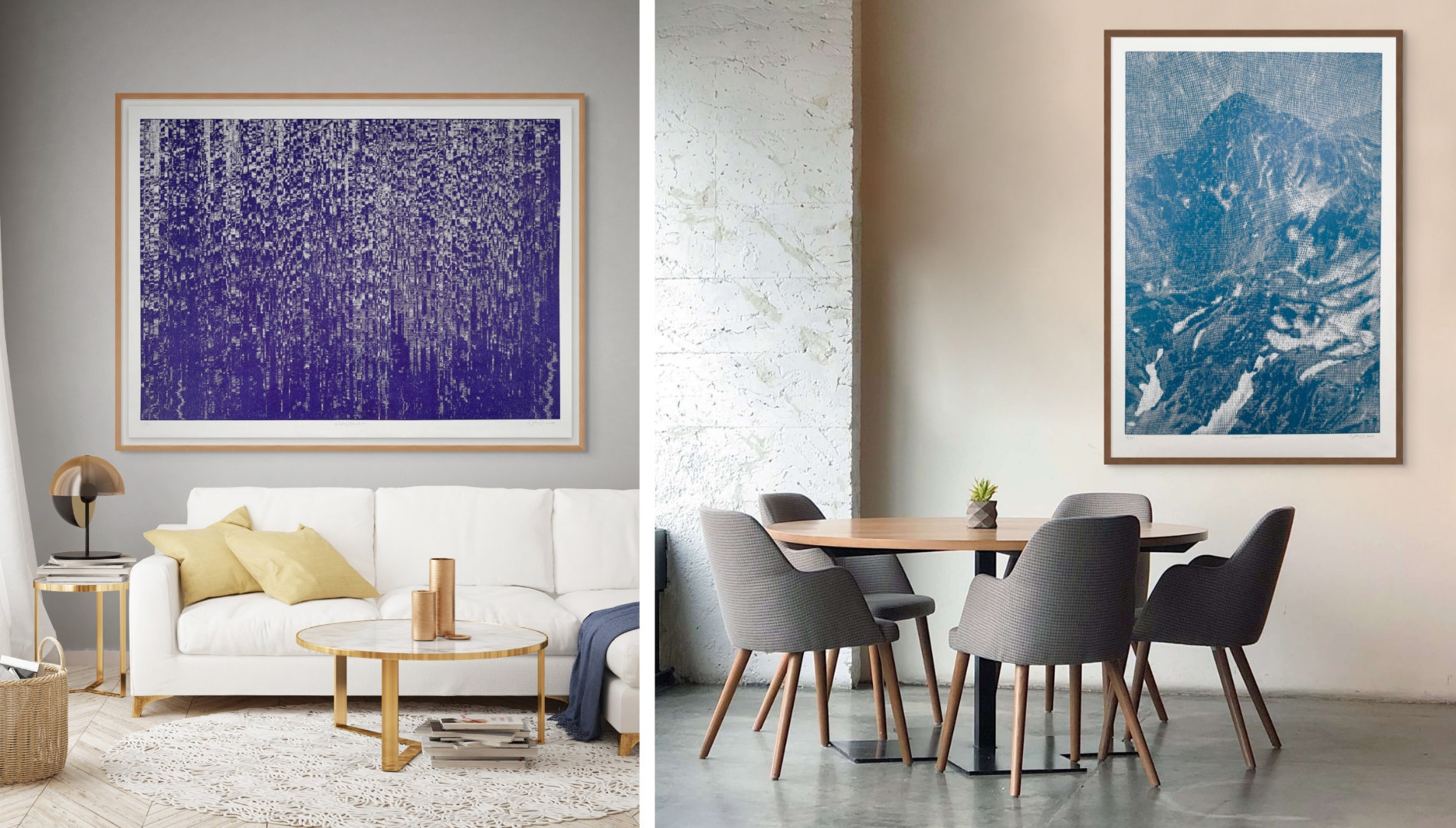
Culturally, it would be beneficial for this perspective to be incorporated from the early stages of design. Instead of relying on stock photos and generic images, using genuine artworks, prints, and photographs in visual plans would give clients the opportunity to discover and fall in love with unique pieces. We strive to support more interior designers in this regard by sharing images of the artists we represent, so they can incorporate them into their work.
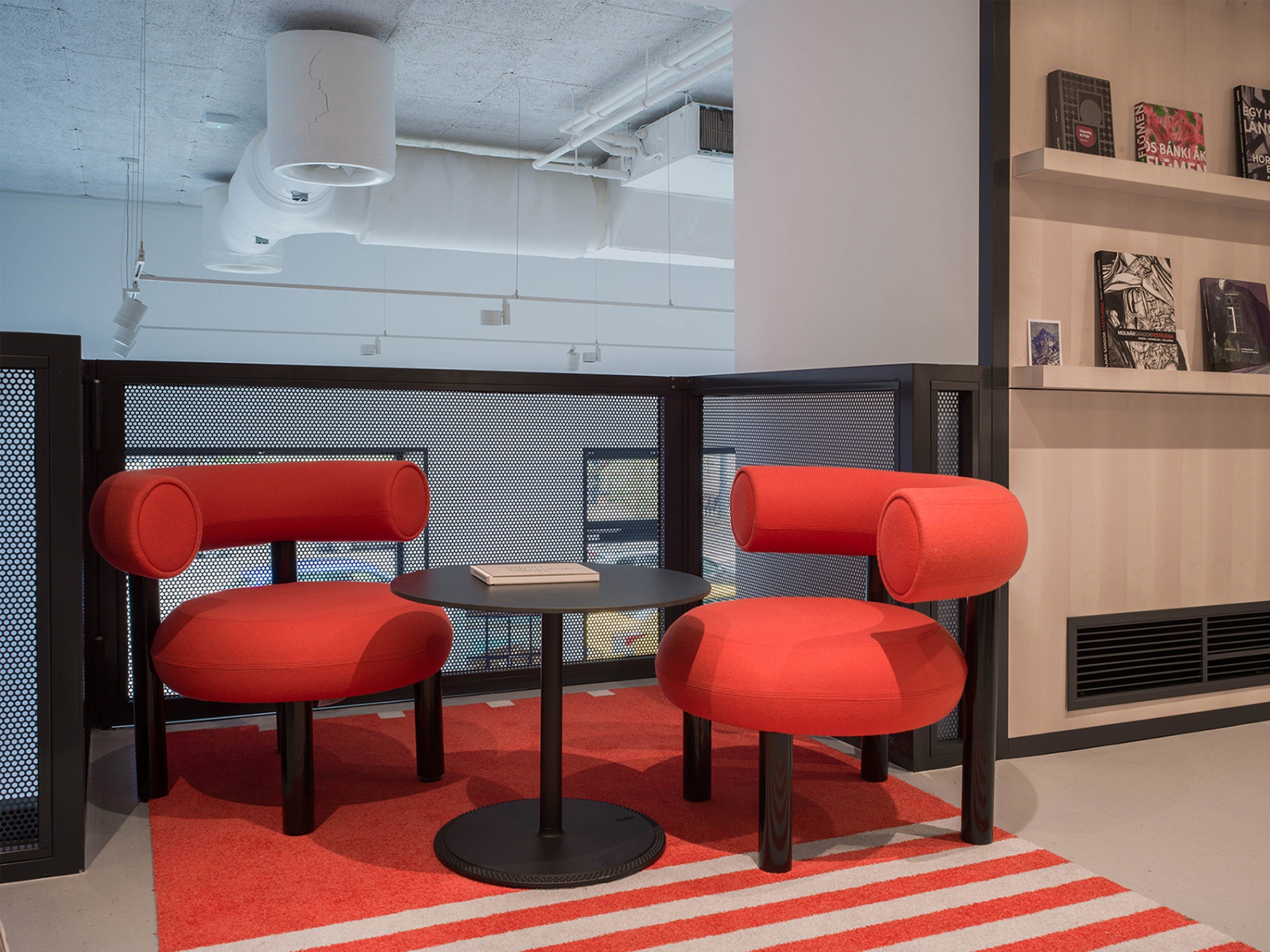 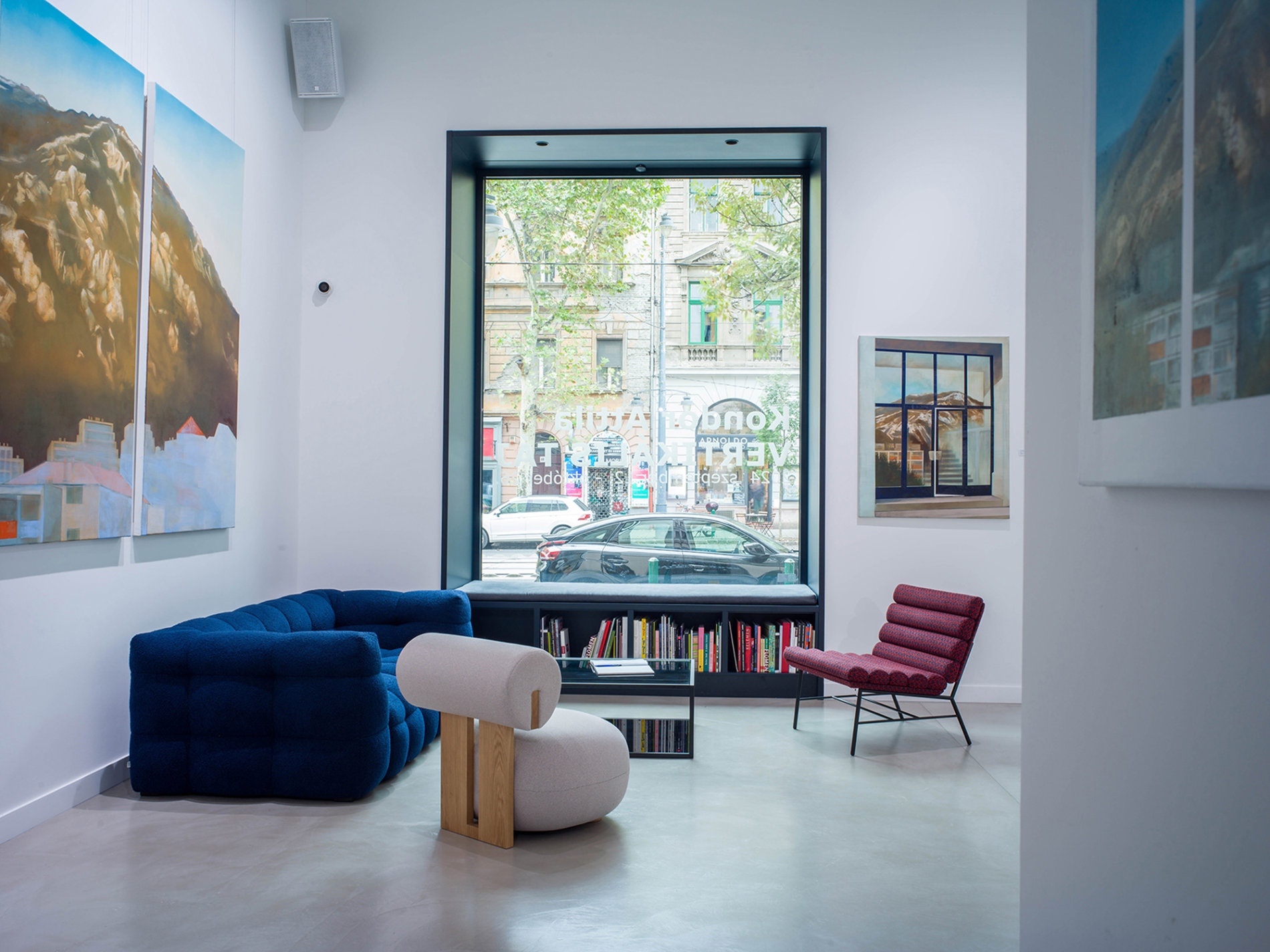 |
Resident Art Fair (RAF) has been regularly organizing art fairs since 2018, showcasing emerging and up-and-coming artists. What is the central idea behind this initiative?
The core concept is long-term thinking.
Many people have purchased or sold their first artwork at our fairs and have thus entered the art world’s cycle. We provide young artists, who are just stepping into the art market, with their first opportunity for exposure and sales. On the demand side, there is a growing group in their thirties and forties who are starting to show interest in unique artworks. With our broad selection and accessible pricing, they have the chance to purchase a screen print or painting, beginning their journey into art collecting.
Our goal is not to produce collectors per se—even though some may begin collecting systematically as a result—but rather to foster openness. We aim to enrich participants with an experience that helps them develop their own taste and encourages them to trust their intuition more in the future.
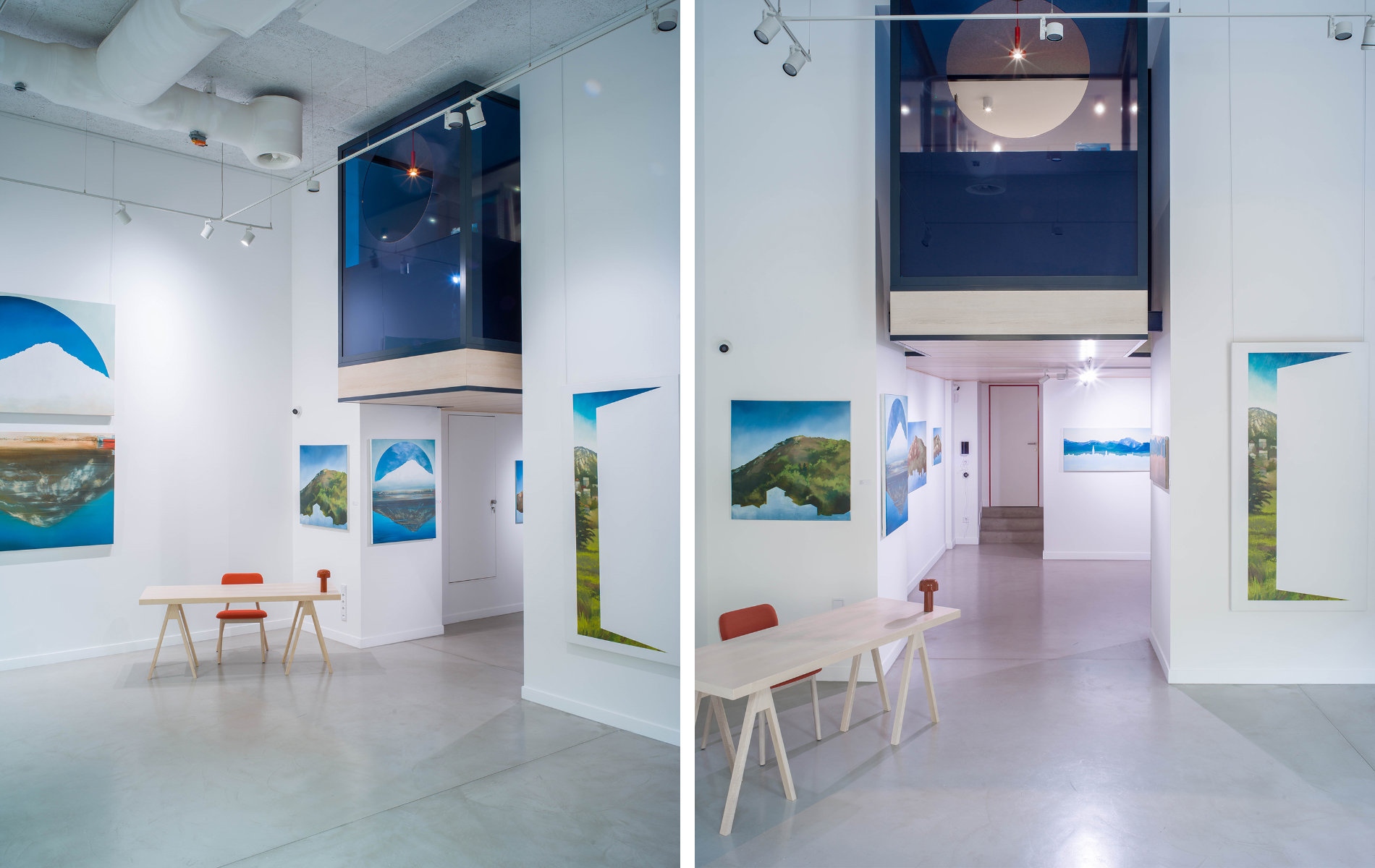
You buy what touches you, speaks to you, or appeals to you.
At this stage, the focus is not on investment or building capital but on cultivating an aesthetic appreciation. Owning unique, signed artworks offers a beautiful and exciting dimension: it establishes a personal connection with both the piece and the artist. From this point, you inevitably become more involved in the art world. This is how we can expand the mentioned subcultural, narrow segment, and platforms like Resident Art Fair or S/ALON BUDAPEST are excellent for this purpose.
Is a curatorial perspective or mentorship necessary for developing one’s own taste?
It largely depends on the individual, but based on our experience, contemporary visual art often requires some explanation. Our educational system can be completed without significant exposure to visual arts. Most high schools and secondary schools do not offer art history courses, and there is a notable educational deficit in twentieth-century and contemporary art. Therefore, many people need some form of mentorship or guidance, at least at the beginning of their journey.
Many individuals express frustration at not having a channel to engage with the art world, which can deter them from entering a gallery. They may feel pressured to buy immediately and may hesitate to ask questions or engage. To address this, I started organizing "Contemporary Encounters" walks in 2016, taking groups to studios and contemporary galleries. Typically, we visited three galleries and one studio, similar to city tours, showcasing Budapest’s rich contemporary art scene. Additionally, it had an "insider" aspect, offering a glimpse into how a studio operates. Feedback indicated that many participants were inspired to start their journey into the art world from these experiences.
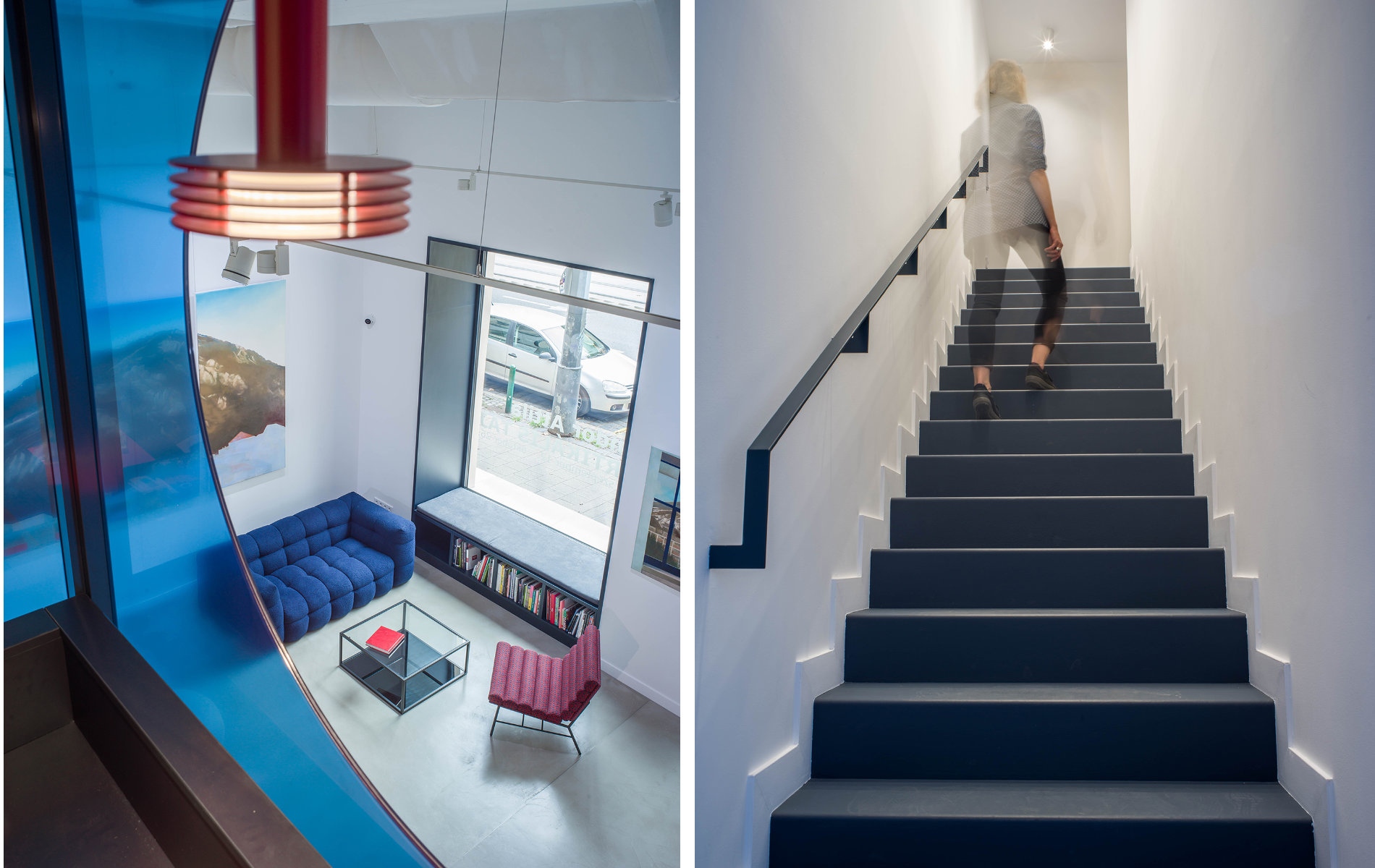
Of course, there are individuals who prefer to explore new worlds on their own, paying attention and taking initiative. However, it is generally beneficial to have that initial push or support. The proliferation of visual communication is advantageous, as the rapid global rise of contemporary art can be attributed in part to the increasing presence of images and visual products around us. This creates a greater demand to decode and understand these visuals, and contemporary art itself reflects this visual deluge.
You’re about to launch an art workshop for interior designers, architects, and planners. What inspired this initiative, and what is the main goal of the program?
I’m starting a 12-session course called “Contemporary Training.” This initiative aims to address the educational gap that currently exists. In Hungary, there isn’t a dedicated program focused specifically on contemporary art. Although I teach art valuation, which attracts many interested individuals, these courses typically emphasize classical art, focusing on old masters and works from the 17th, 18th, and 19th centuries.
I want to create a course that covers contemporary art and institutional history from the second half of the 20th century onward. The program will include practical components, such as visits to galleries and studios, to provide hands-on experience and deeper understanding.
The goal is to fill the existing educational void and equip participants with a comprehensive knowledge of contemporary art.
Is prior knowledge required for the course?
Jumping into the world of contemporary art can feel daunting for outsiders. The goal of this foundational course is to break down these barriers, helping participants move forward with greater confidence and autonomy. No prior knowledge is needed to join; just a genuine interest in the subject.
The course is designed for those who want to go beyond personal taste and gain an understanding of contemporary art platforms and the context surrounding artists and their works.
This is an experiment on my part. The course is planned to cover 12 Saturdays, but the concept is still evolving. I aim to start with a maximum of 25 participants, beginning around November and concluding in February. We anticipate a one-month application period starting at the end of September. If there’s a strong demand and the course content expands beyond initial expectations, I’m open to developing an advanced course in the future.
What future do you envision for the expansion of contemporary visual art?
I’m quite idealistic, so I believe it’s worth working on and that progress can be made even on a small scale. The growing popularity of contemporary art is a global trend and part of the zeitgeist. I don’t think the situation will change overnight, but just as we’ve seen revolutions in gastronomy or shifts in musical tastes, a similar evolution is possible in visual art. We will increasingly seek out works that resonate with our hearts and minds, and we will be willing to invest in them.
There is a growing demand to shape our living environments into something unique and expressive.
People are gradually realizing that it’s worth opting for quality, potentially multi-generational pieces rather than mass-produced furniture. I believe we can return to a slower, more environmentally friendly way of living. Although the world may not be heading in that direction, those who think consciously are increasingly turning to durable, high-quality solutions, despite the current dominance of overconsumption. We are also thinking about future generations—our children and grandchildren. For example, I personally purchase at least 4-5 paintings each year, which I view as a form of preemptive saving.
What does the future hold for Resident Art?
Resident Art has recently moved to Bartók Béla Road, which is considered Budapest’s main street for contemporary art, home to around 10 contemporary galleries. We opened a beautiful, 100-square-meter gallery here on September 12, making us much more visible and accessible. This new space will host exhibitions, guided tours, lectures, screenings, and panel discussions. It’s a dream come true for us.
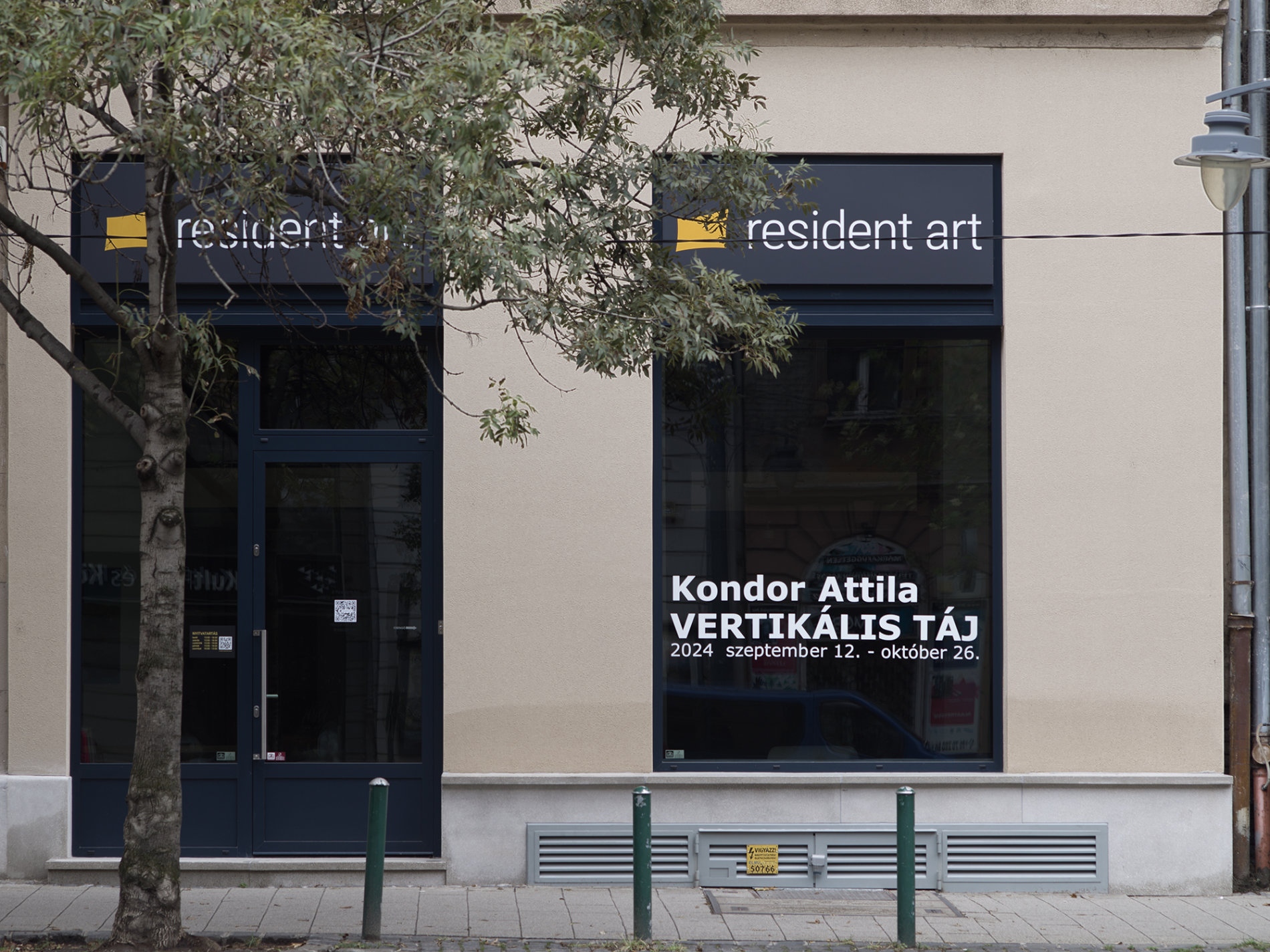
Join us from September 20-22 at the Budapest Arena, where you can experience the compelling impact of design and art up close! You can purchase your discounted ticket by Thursday midnight through this link. On Facebook and Instagram, we’ll provide important updates and inspiring content leading up to and during the event.

